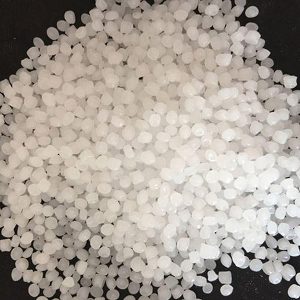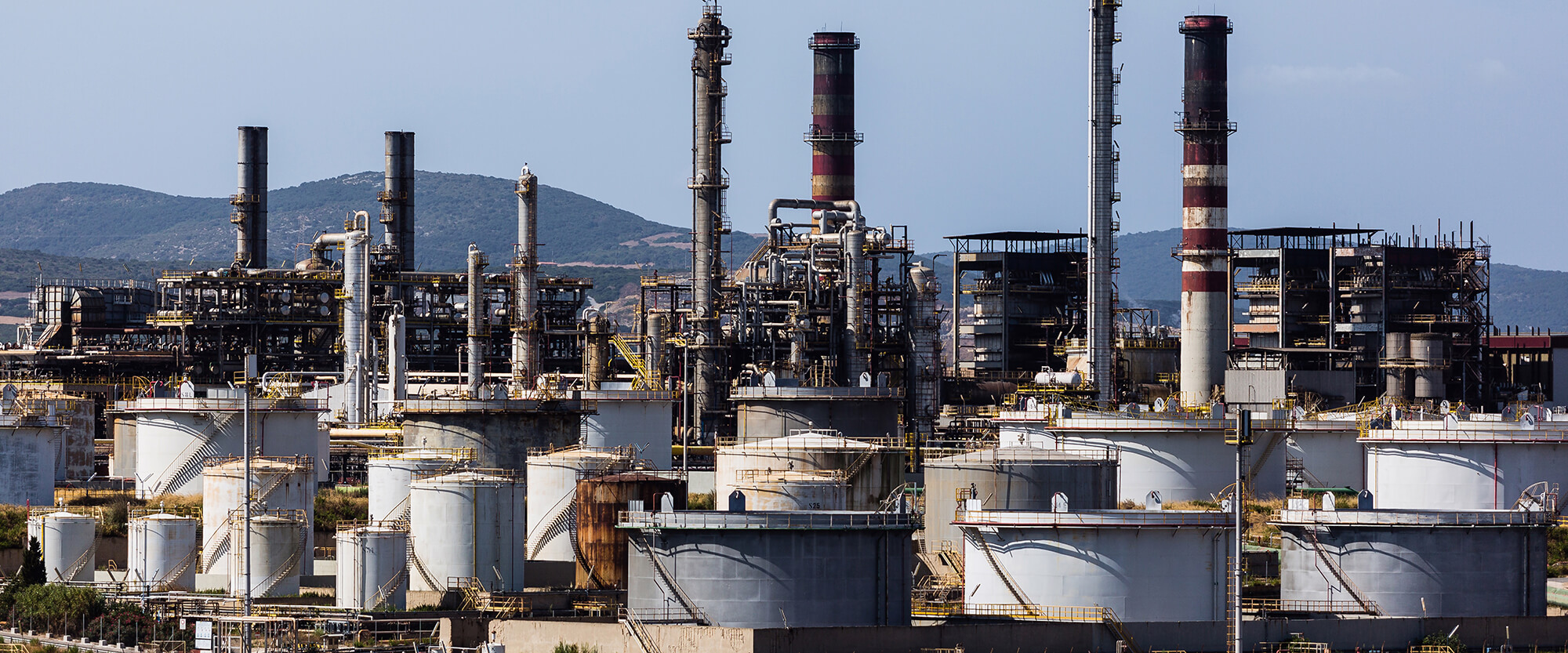Low Density Polyethylene 2102TN00

Specifications
| Item | Superior quality | Qualified product | Test method |
| Color grain g/kg pcs, kg | ≤ 10 | ≤ 40 | SH/T 1541-2006 |
| Large and small grains g/kg | ≤10 | ||
| Melt mass flow rate g/10min | 2.0±0.3 | 2.0±0.5 | GB/T 3682-2000 |
| Density, g/cm3 | 0.920±0.002 | 0.920±0.004 | GB/T 1033-1986 |
| Yield Strength MPa | ≥ 8.3 | ≥ 8.0 | ASTM D638-03 |
| Fracture Strength MPa | ≥ 12.0 | ≥ 12.0 | |
| Elongation at break % | ≥ 500 | ||
Packing & Storage
| Packing | Packed in internally coated polypropylene woven bags, and the net content of each bag of product is 25kg | ||||
| Storage | It shall not be mixed with sand, broken metal, coal, glass, etc. during transportation. Exposure to sunlight or rain is strictly prohibited. It should be stored in a ventilated, dry, clean, and well-maintained warehouse with good fire-fighting facilities. When storing, it should be kept away from the source of fire and prevent direct light. It is strictly forbidden to store in the open air. The storage period generally does not exceed 12 months from the date of production. | ||||
| Shipping | Sharp tools such as iron hooks are prohibited during transportation, loading, and unloading. During transportation should be kept clean, dry, and equipped with compartments or clothes. It shall not be mixed with sand, broken metal, coal, glass, etc. during transportation. | ||||
Free Quote
At present, the company has more than 10 advanced production lines of the hollow glass microspheres with the annual production capacity of 15 thousand tons. To meet the demand of customers, the company can expand production capacity as soon as possible within 20 days. 6S principles Implemented in the production systems.
For samples, pricing, or more information, please call us at 0086 25 51192301 or mail to info@ascent-chem.com or fill out the following form. We will respond to you as soon as possible.
Tel: 0086 25 51192301
E-mail: info@ascent-chem.com


General Information
| Common Names | Linear Low Density Polyethylene LLDPE(QLLF20) | |
| Structure | ||
| CAS No. | 9002-88-4 | |
| Molecular Weight | 28.05316 | |
| Appearance | White Powder | |
| HS Code | 39012000 | |
| Solubility | Soluble in acetone and benzene | |
| Safety Phrases | 22-24/25 | |
| RIDADR | NONH for all modes of transport | |
| WGK Germany | 3 | |
| Hazard Codes | Xi | |
| Hazard Class | 2.1 | |
| FIRST AID | |
| Inhalation | If inhaled, move the patient to fresh air. If breathing stops, perform artificial respiration. Consult a doctor. |
| Skin | If inhaled, move the patient to fresh air. If breathing stops, perform artificial respiration. Consult a doctor. |
| Eyes | Rinse thoroughly with plenty of water for at least 15 minutes and consult a doctor. |
| Ingestion | Never feed anything through the mouth to the unconscious person. Rinse your mouth with water. Consult a doctor.Consult a doctor. |
According to the polymerization method, low-density polyethylene can be divided into the high-pressure method and low-pressure method. According to the type of reactor, it can be divided into the kettle method and the tube method. Using ethylene as raw material, it is fed into the reactor, and the polymerization reaction is carried out by high-pressure compression under the action of the initiator. The material coming out of the reactor, after the unreacted ethylene is removed by the separator, it is melted, extruded, granulated, dried, blended, and sent for packaging.
Frequently Asked Questions
LDPE 2102TN00 Overview
Low Density Polyethylene (LDPE) 2102TN00 is a specific grade of LDPE resin. LDPE is a thermoplastic polymer made from the monomer ethylene. It is a versatile material with a wide range of applications due to its unique properties, including flexibility, toughness, and chemical resistance.
The designation “2102TN00” typically refers to the specific characteristics of the LDPE grade. Here’s a breakdown of what each part of the designation represents:
1. “2” denotes the density of the LDPE. In this case, it indicates a low-density grade. LDPE has a density range of 0.910-0.940 g/cm³, and a lower number represents a lower density.
2. “10” indicates the melt index or melt flow rate (MFR) of the LDPE. MFR is a measure of the ease with which the polymer can be processed. It represents the mass of polymer that flows through a standard capillary under specified conditions of temperature and pressure. The higher the MFR value, the lower the viscosity of the polymer. In this case, “10” suggests a moderate melt flow rate.
3. “TN” stands for “Tubular Naphtha,” which is the manufacturing process used to produce the LDPE resin. Tubular naphtha is a method where ethylene monomer is polymerized using a tubular reactor and naphtha as a solvent.
4. “00” usually refers to the absence of any additives or special modifications. It means the LDPE grade is a standard, unmodified resin without any specific enhancements or additives.
LDPE 2102TN00 is commonly used in various applications, including films, coatings, packaging materials, and agricultural films. Its low density and flexibility make it suitable for applications where good impact resistance and flexibility are required.
Contact Us
TEL: 0086 25 51192301
EMAIL: info@ascent-chem.com
EMAIL: sophiahoney247@gmail.com
Copyright © Ascent Sbr All Rights Reserved.

